Ask the Team — Fantom

Welcome to the brand-new Ask the Team series, where the Fantom team takes the opportunity to answer questions from our incredible community!
Recently, we invited you to ask us engaging and insightful questions, both regarding the Fantom platform and our team members personally. We did our best to address those questions, and we're excited to share our answers below!
What's next after FVM? Any 3-year, 5-year, or even 10-year plan?
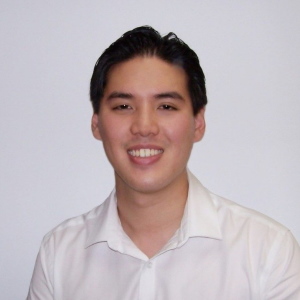
The future depends on how the mainnet implementation of FVM and the new storage system go. However, we believe that the performance improvements will be significant such that even the FVM will become the new bottleneck (it currently consumes ~13% of "block processing" time, as opposed to storage which is the vast majority. Therefore, we will likely have to optimise the FVM even further.
However, the biggest bottleneck is likely to become the consensus/messaging layer itself, so we will need to optimise the go-opera client. This will probably be at least a year's effort. Ultimately, the bottlenecks will be determined by analysing the data from "Aida", our unique testing framework.
Question asked by @0xOtw.
How do you get motivated in the bear market and filter noise while focusing on delivering?
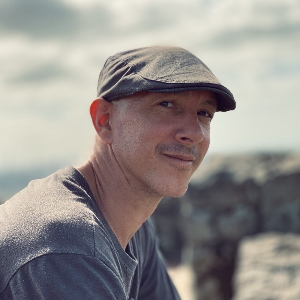
Understanding how the space moves in a cyclic manner and looking at historical trends is key to keeping motivated during a bear market. As a visual designer within the Fantom Foundation team, although the market has slowed, the entire team has not.
This is the time to capitulate, brainstorm and build out of the current trend so that when (and it will be when) market conditions see an upside, the Foundation is ready to move forward with some venom.
It is easy to get pulled on a tangent either by CT or just by general news around what may or may not be coming down the pipeline in the future, but keeping a firm vision of where this space is inevitably heading drowns out all that.

Bear market or not, Fantom is continuously focused on building out scalable, dependable and secure Layer-1 infrastructure. Our bleeding-edge tech and level-headed approach to marketing these developments keep me motivated.
As for filtering out the noise, people will always have an opinion on what could be done differently, or why one xyz decision could've been better. It comes with the territory; working in a burgeoning industry will always be challenging.
Our aim is to educate newcomers while providing transparent communications into day-to-day updates and milestones, which in my opinion we are excelling at. Look back just a couple of years ago at how much Fantom has grown from the early days, this entire team is responsible for that.
Consistently delivering and not compromising on true crypto + blockchain ideals is why Fantom is a leading L1 platform today. This will only continue over time, I expect our growth to compound.
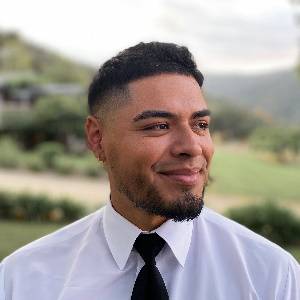
One can view the bear market from 2 lenses: horrible and treacherous, or steady and positive.
For me, it’s allowed me to cultivate a stronger judgment on a personal level that has allowed me to double down on the reason we are here. This time allows you to deepen connections with those really focused on making this space a better place.
Noise is gone, focus is elevated. I think if everyone focused on being an autodidact — one who learns on their own, or self-taught — they can enjoy this period. Right now is a good time to learn new concepts, double down on strategies that work, and create a better environment for yourself.
Community is crucial, but in my opinion, it shouldn’t be your driving force. Self-sovereignty is the name of the game. The bear market tests those that are ready to navigate alone. Again, community is super important, but don’t lose hope due to some members going quiet.
All in all, slow down, focus, and truly pour energy into becoming a better contributor to the space as your build, share content, or simply trade.
Question asked by @Oncryptobreak.
How do you measure the success of new employees?

It depends what role they have. In general, it's all about results. We look for people who have initiative, are a team player (meaning they are willing to debate and challenge others, but in a professional manner, and understand they are working in a team for the best outcome), don't have an ego, are intelligent, honest, and have the skill set to do the role they are hired for.
From my personal experience, character matters just as much as skill set, and you need both to succeed.
Question asked by @YtScribe.
What is the Foundation’s strategy for onboarding commercial enterprises and public sector departments?
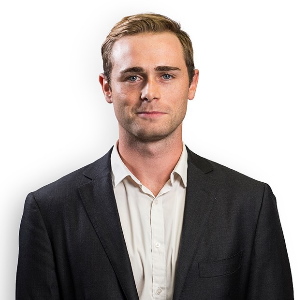
We are engaged with commercial and public institutions across the globe. Our strategy for onboarding them includes creating compliant pathways for them to deploy to, such as the recent Fantom Bitbond deployment.
Additionally showcasing to them the benefits of a decentralised chain rather than a permissioned network, e.g. decentralised networks offer neutral ground for collaborating companies/government and don't carry points of failure such as a central node which can be attacked. Additionally, networks such as Fantom offer an active user base to plug into which is very valuable for companies looking to attract their own users.
Question asked by @thisisalex777.
What will happen with current projects running on EVM when FVM is released?

The current plan is as follows:
A migration will take place where the current database will be replaced with the new one. For existing smart contracts, they will be able to take advantage of the new storage system but will likely continue to use the existing EVM (unless they are redeployed).
Any new smart contracts deployed after migration can use the new FVM.
Question asked by @nocare_nomore.
What are the biggest challenges involved with creating your own virtual machine?
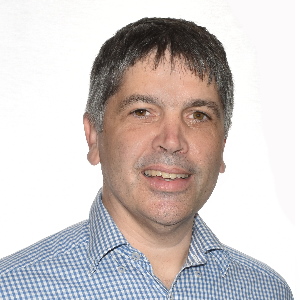
The biggest challenges in VM development are threefold:
- Ensuring that the VM is executing the instructions correctly. Although it looks obvious and there are documents (like the yellow paper) describing informally how instructions should be executed, the devil is in the detail. There are many corner cases. We have put a lot of effort into unit tests, testing these special cases and testing with all historical transactions on the blockchain. The main problems relate to static gas and dynamic gas consumption, order of errors, refunds, etc.
- Achieving high-performance. As soon as we know our VM is correct, we would like to fine-tune it and find tricks on how to make the execution fast. This relates to caching previously known computations, improving the fetching/decoding/execution of an instruction (called dispatch), etc. The key to performance is to have a robust testbed that monitors and profiles the execution so that bottlenecks can be found quickly. This was tedious work building such testbeds and monitoring tools.
- Following some basic software engineering so that the VM stays maintainable. We use code reviews, continuous integration, regression tests, etc.
Question asked by @BombayGets.
Will liquid staking be integrated into fWallet directly?

Yes, we're planning to integrate the 3rd party liquid staking providers (ankr, Stader, Beefy).
It's hard to give a timeline, ideally in q3/q4, but it can be pushed back depending on other priorities in the backlog.
Question asked by @XCriticzm.
What's your top priority for future team expansion?

Continuing to hire expert consensus and middleware engineers.
We've hired 6 new engineers this year, and are looking to hire more.
Question asked by @aegas_ms.



